Donald Trump ‘used decoy plane over Iran assassination fears’
After US security officials warned the Trump campaign Iranian operatives were in the country with access to surface-to-air missiles, he used a decoy plane to travel between events.
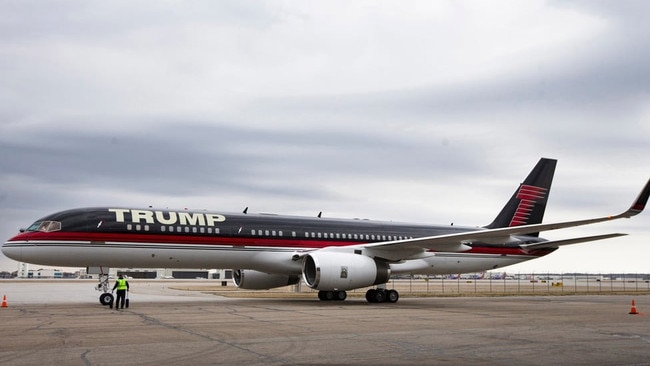
President Trump was so concerned about the threat of assassination by Iranian agents during the election campaign that he used a decoy plane to travel between events.
Trump, 78, faced two threats to his life in the run-up to the election. He was hit by a bullet on the ear after a man opened fire at him during a rally in Pennsylvania in July. In September he was playing golf in Florida when another would-be assassin was spotted in nearby bushes.
Neither of the incidents was connected to Iran but it was the threat posed by the country that persuaded Trump’s team to take extraordinary measures to ensure his safety.
Trump’s private jet, nicknamed Trump Force One and easily recognisable because of the word Trump emblazoned in gold along the fuselage, would make it an obvious target, his team believed.
The measures came after security officials warned the Trump campaign that Iranian operatives were in the United States and had access to surface-to-air missiles, which led to specific concerns about Trump Force One. The revelations have emerged in a book by Alex Isenstadt, a journalist at the US news website Axios.
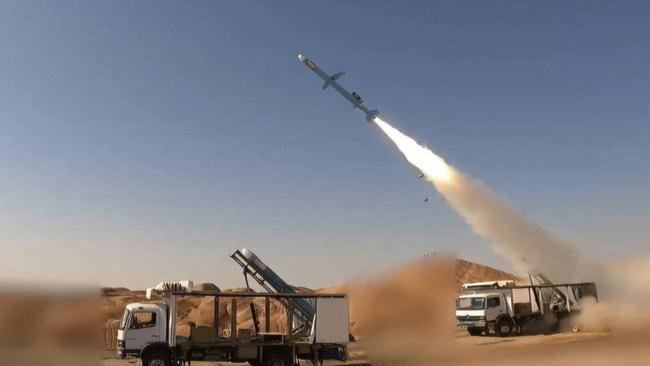
Soon after the incident in Florida, Trump’s security team decided to fly him on a decoy plane owned by Steve Witkoff, a property tycoon who was playing golf with Trump at the time. Witkoff is now Trump’s envoy to the Middle East. The plane was known as “Ghost Flight”.
Some of Trump’s aides were angered that they had been asked to travel on Trump’s recognisable jet, according to the book Revenge: The Inside Story of Trump’s Return to Power.
Trump’s co-campaign managers Susie Wiles, now the White House chief of staff, and Chris LaCivita decided to travel on separate planes. Wiles boarded Witkoff’s plane with Trump and LaCivita joined other members of staff on Trump Force One.
Most of the aides ordered on to Trump’s usual plane with LaCivita were told of the plan just before take-off after realising that the presidential candidate was not in his seat. There was “gallows humour galore”, aides told Isenstadt.
There were other concerns for Trump’s safety during the campaign. The Secret Service, which has been blamed in some quarters for failings during the Pennsylvania rally, warned in September that his motorcade could be targeted during a rally in Long Island.
“Don’t hang out the window and take photos because you’re a target,” LaCivita apparently told the social media head, Dan Scavino.
During another trip to Pennsylvania in the same month Secret Service agents noticed a drone following Trump’s motorcade. Officers in one of the cars opened the sunroof and shot it with an electromagnetic gun.
The threat from Iran was taken more seriously than had previously been acknowledged. In November an Afghan national, Farhad Shakeri, had charges brought against him over what US officials said was a plot by Iran’s elite Islamic Revolutionary Guard Corps (IRGC) to assassinate Trump.
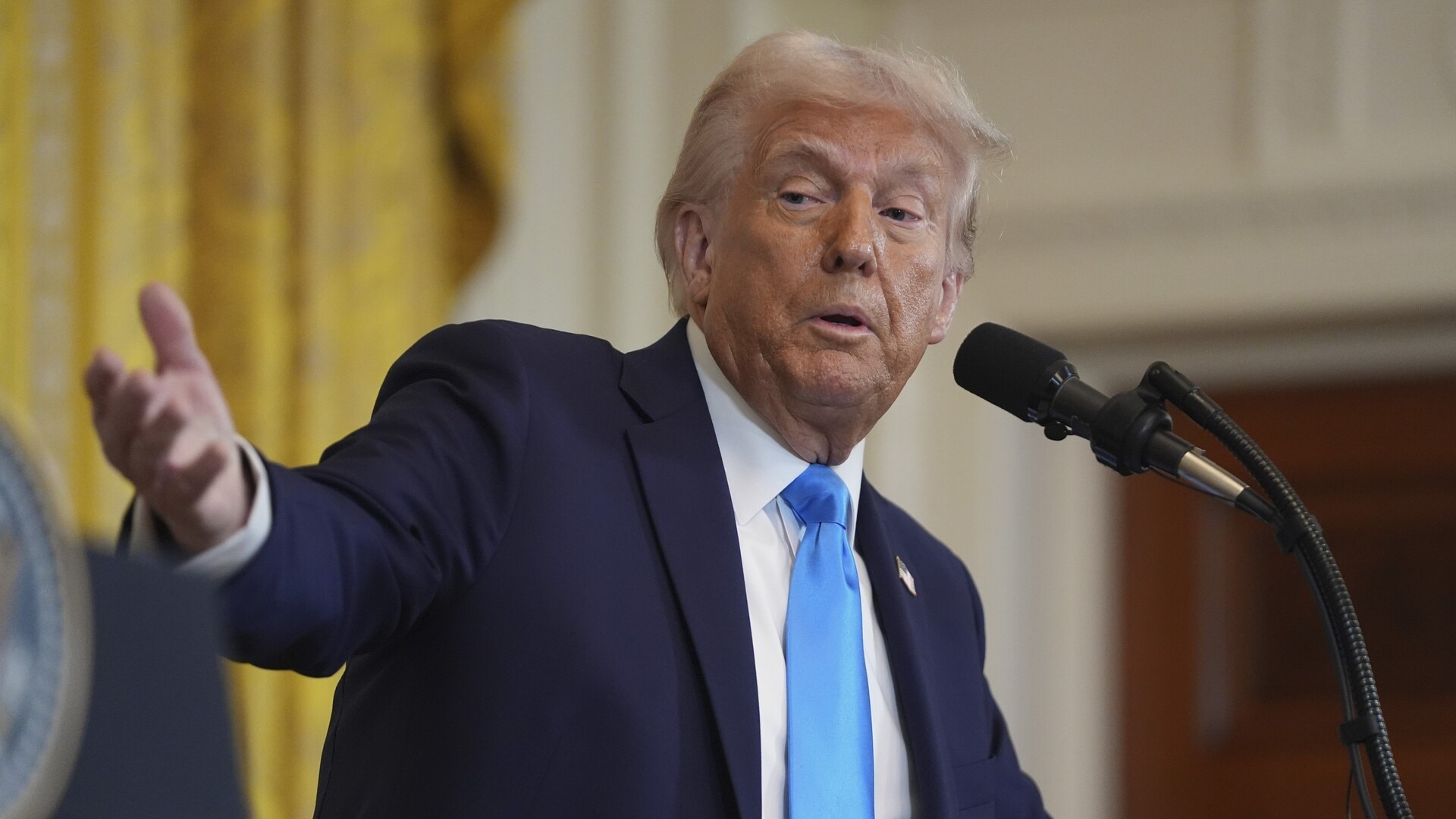
Coming three days after Trump won the election, the charges detailed how Shakeri, 51, had been ordered by Tehran on October 7 to devise a plan to kill Trump. “The charges expose Iran’s continued brazen attempts to target US citizens, including President-elect Donald Trump, other government leaders and dissidents who criticise the regime in Tehran,” the former FBI director Christopher Wray said at the time.
Shakeri, who is at large and believed to be in Iran, apparently told American law enforcement officers that he had no plan to formulate a strategy to kill Trump within the IRGC’s timeline.
Trump has long been a hawk on Iran, ripping up a nuclear agreement that the Obama administration had designed with other countries to contain its nuclear weapons ambitions.
In January 2020, during his first term in the White House, he ordered the assassination of Qasem Soleimani, an Iranian major general in the IRGC, who was killed by an American drone strike near Baghdad airport. Soleimani, a leading figure in the IRGC for decades, had been the commander of the Quds Force, a division responsible for extraterritorial and clandestine operations.
Since returning to the White House in January, Trump has ordered the removal of security details for a number of people, including his former national security adviser, John Bolton, who has also been named a target of Iran.
The Times



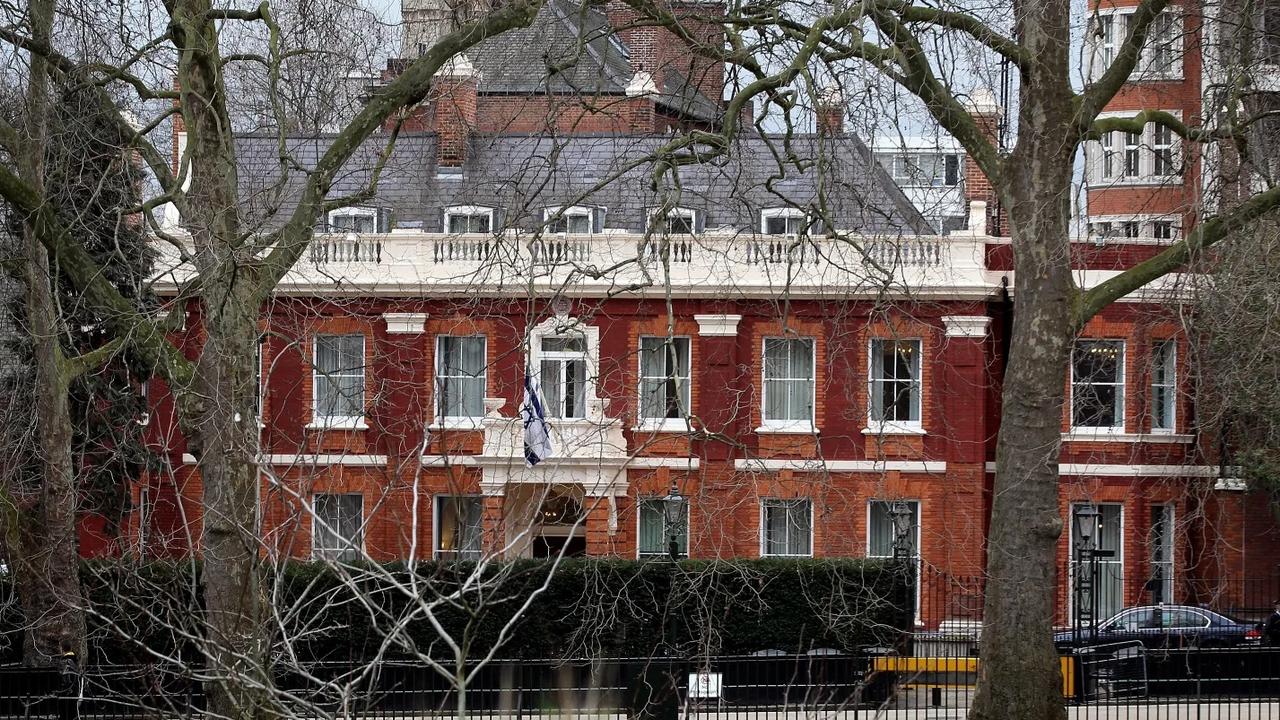
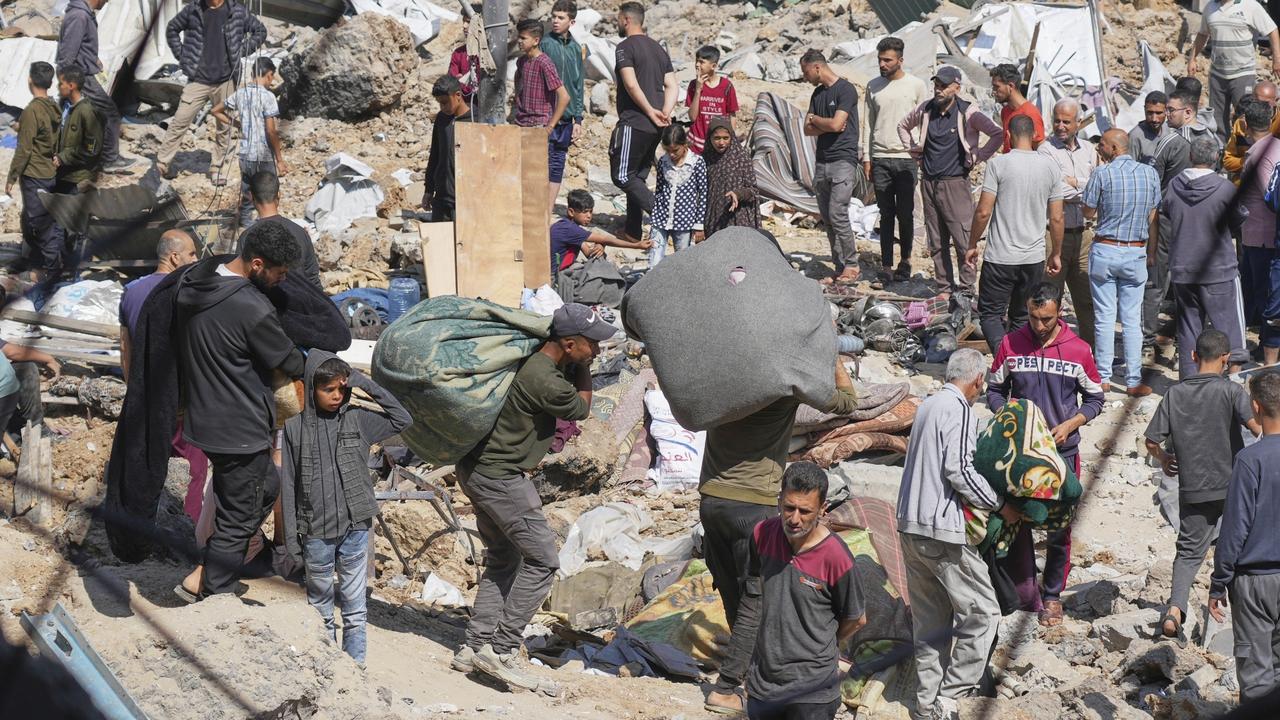
To join the conversation, please log in. Don't have an account? Register
Join the conversation, you are commenting as Logout